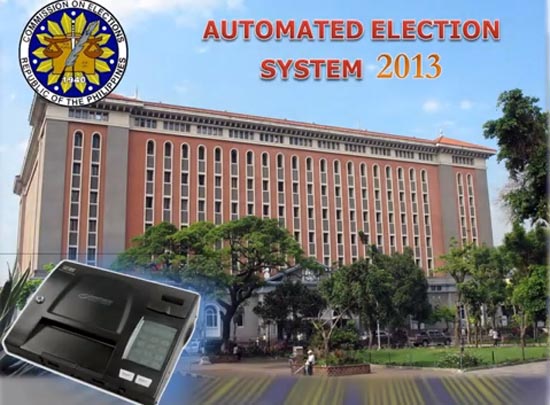Curated tweets: Lessons learned from uploading the #amalayer video
Lessons learned from the #amalayer started off with the Spin Busters’ article #Amalayer: From viral to epidemic (Is Gregory Llamoso also to blame?)
What about Gregory Paulo Llamoso, who peddled the video and even described himself on his Facebook post as an ABS-CBN “Bayan Patroller” citizen journalist? Apparently, the media giants simply grabbed the video and took his word for it, and did not challenge his version of the LRT incident. What was his motivation for posting the video? Why did he not capture the whole incident on his cellphone camera? Was the video edited? Did he try to calm things down? In the first place, what was his business taking a video of Paula? Did he feel a moral obligation to spread the video for all the world to see? What for?
Attorney Mel Sta Maria posted a similar view that #Amalayer girl may have overstepped, but so did person who posted the video
While anyone is free to take pictures or videos, he or she must nevertheless not abuse that right.
This means the photographer or the videoer must not use it to hurt, embarass, or humiliate other people in the exercise of his or her right.
If there is abuse, he or she can be held accountable for the injury to the one embarrassed. This is what we call in law the ABUSE OF RIGHT DOCTRINE. This precept is embodied in Article 19 of the Civil Code providing that “every person must, in the exercise of his rights and in the performance of his duties, act with justice, give everyone his due, and observe honesty and good faith”.
I posed the question on twitter: if you encountered an irate or rude person yelling in public what would you do? A flurry of discussion started:
@doc_pippen pities the lady guard AND the ill-tempered girl. He suggests “we need to seriously educate people about the proper use of the Internet, behavior in social media”.
The main question is was the public shaming really necessary? The intent of the videographer was to teach the girl a lesson on her rude behavior towards the lady guard. @noelledeg says “apparently there are people who think the whole thing was her fault for losing her temper. I think that’s unfair.” Of course she disapproves of what she did but “to say she deserves this internet shaming, that’s wrong.” @ceso asks ” what if actions misunderstood? what happened to innocent til proven guilty?” To some that think the girl would not have been taught a lesson, @cesos says “so public shaming and shunning is our only alternative? what kind of people have we become?”
if there was no video of the incident would the girl in question learn what she did was wrong? asks @r0yc
@mlsmedina believes the “video is helpful to ground the irate person. She won’t have any sense to listen because of her state of mind.” @ceso thinks the person who took the video should have talked to her about it rather than lurked and filmed it.
The lesson to be learned here is knowing what to do with the cellphone camera or taking videos ? Does one immediately upload it? or better yet keep it if used for evidence. The #amalayer video cannot be compared to the Carabuena video. @cyberdean07 , a lawyer explains: “Carabuena video exposed violation of traffic laws. #Amalayer video exposed a bad temper. A whale of a difference.”
There are many suggestions from twitter:
1. Depending on the ACTUAL situation, definitely not use default mode of recording the incident (via @doc_pippen)
2. Perhaps instead of posting the video, he could have told both parties (girl + LRT management) that he has evidence if either pursue case? (via @manilraf)
3. why take the video in the first place? whatever happened to talking to each other (via @ceso)
4. will ask the other guards to do their job (@ericreino).
@doc_pippen agrees “in specific case of LRT, I would not have taken video. What for? Let LRT officers handle it.”
5. If she/he has a beef with a person, tell her off, not video her. (via @greggibe)
6. More importantly, we must all restrain ourselves from making a scene. Resolve misunderstandings thru sober conversation. (via @chilimedley)
7. would advise against uploading. if it is evidence of crime, eh di go to the police (via @cyberdean07)
This suggestion from @louishguinez
may work
“cool ka lang teh.. baka ma youtube ka” — dialogue to stop people from making a spectacle of themselves in public.
@doc_pippen suggest that netizens should learn to hold their horses. Reckless netizens uploading videos make our lives a reality tv and for what? Entertainment?
Citizen journalism is about being responsible. @cyberdean07 suggests “to act with justice, give everyone their due, observe honesty and good faith . Uploading may not comply with the requirement of acting with justice.”
Here are what others were talking about the #amalayer video which I curated in storify.
Photo via exploringthenewmediaworld.blogspot.com

